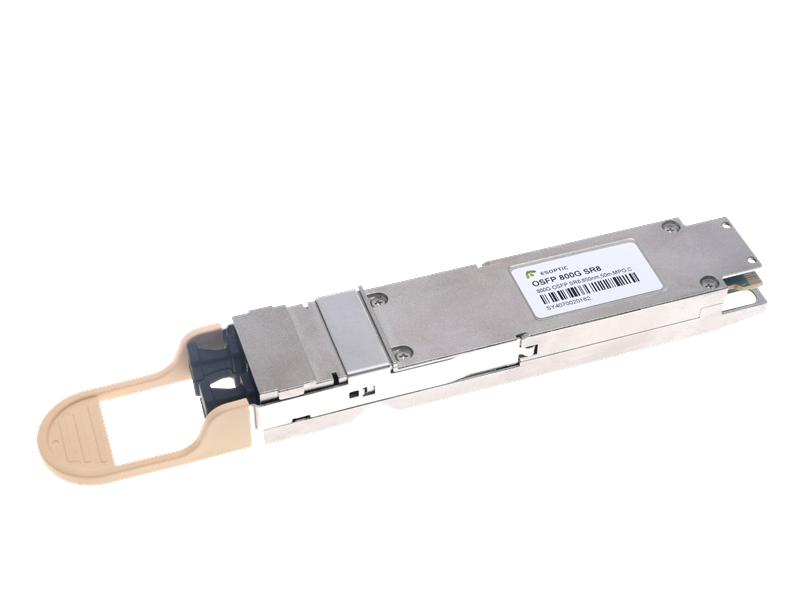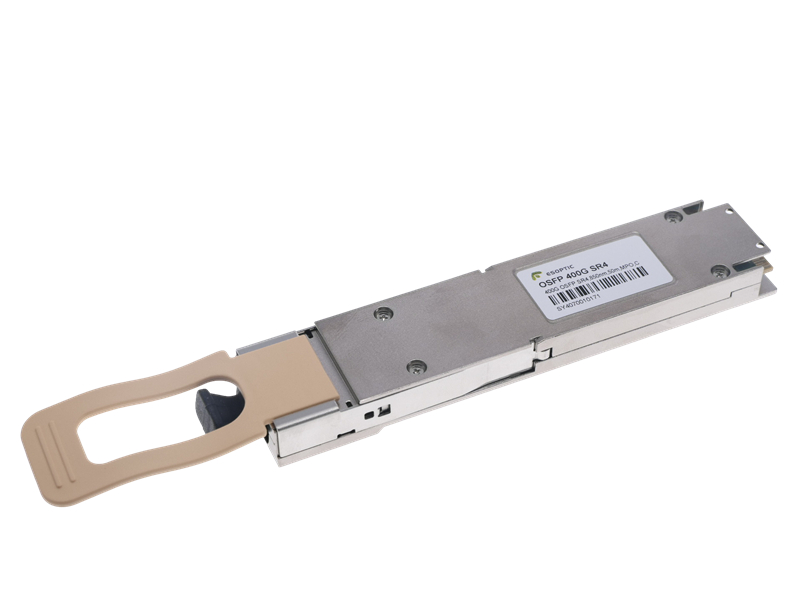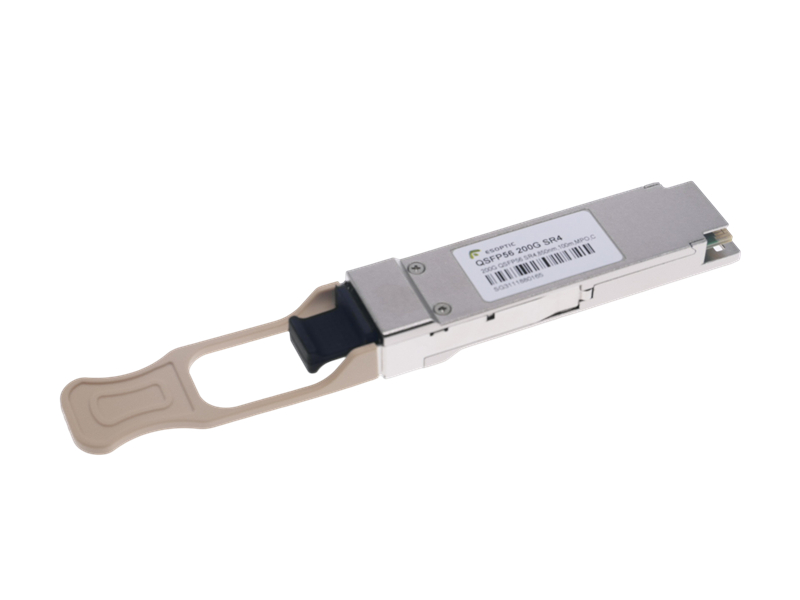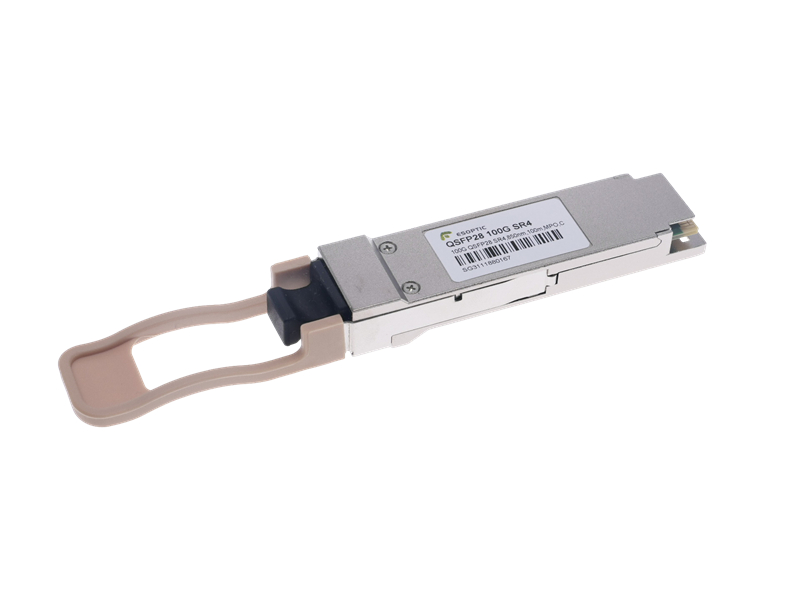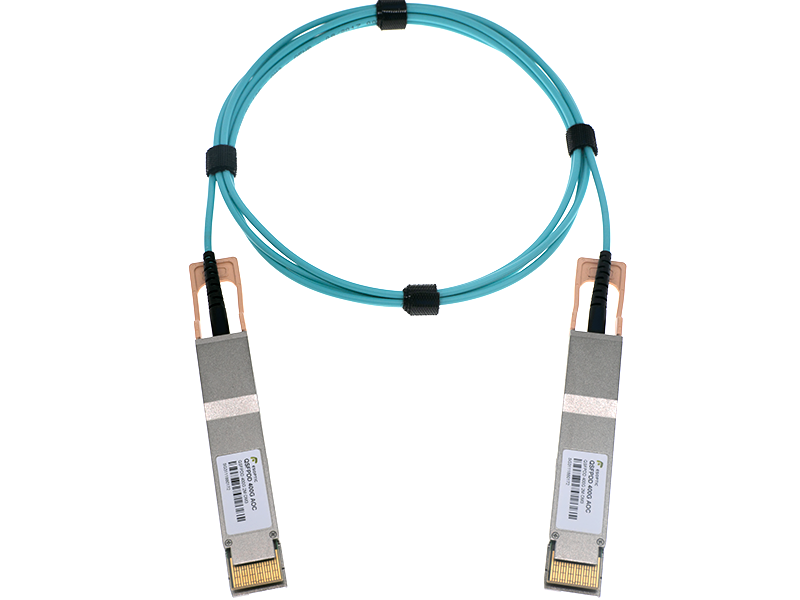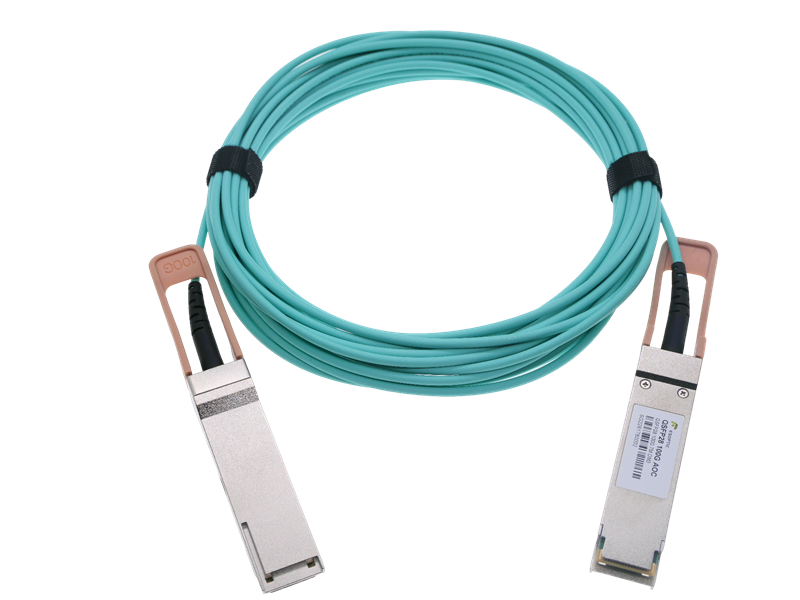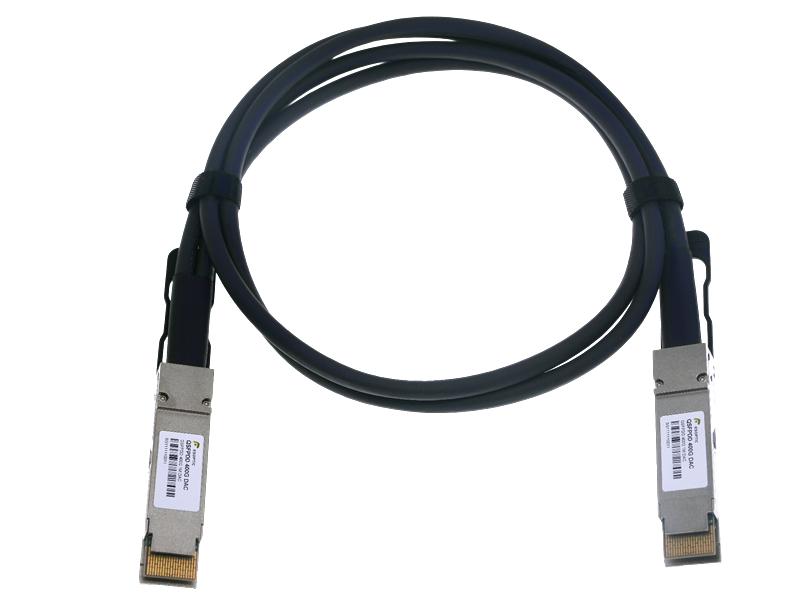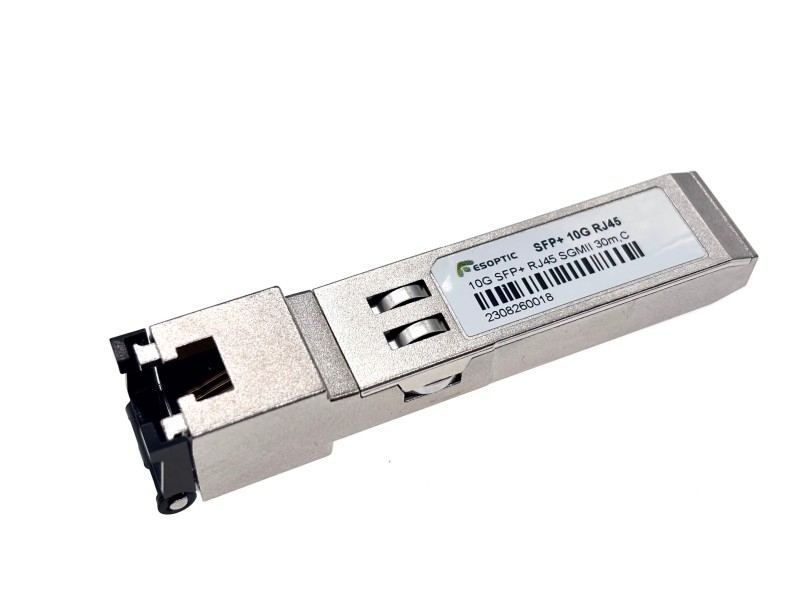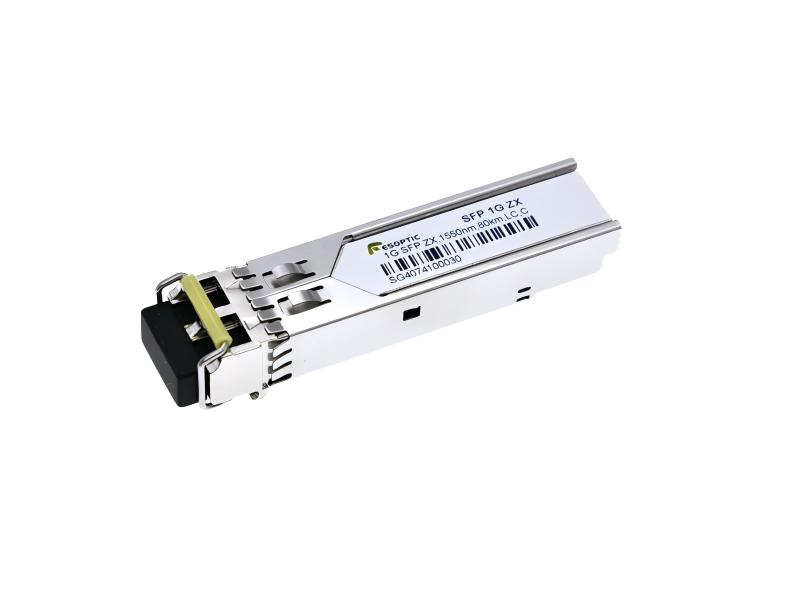As data centers and communication networks continue to evolve, selecting the right optical modules is critical for ensuring high network efficiency and stability. In environments that demand high-speed interconnects and large-scale data processing, Multimode and Singlemode optical modules are two core technology options. Each has its own advantages, making it suitable for different application scenarios. Understanding the differences between these two types of optical modules and their respective applications can help enterprises make more informed decisions when designing and optimizing their networks. In this post, we will explore the selection criteria, technical benefits, and deployment recommendations for Multimode and Singlemode optical modules, helping you make the best decision for your network infrastructure.
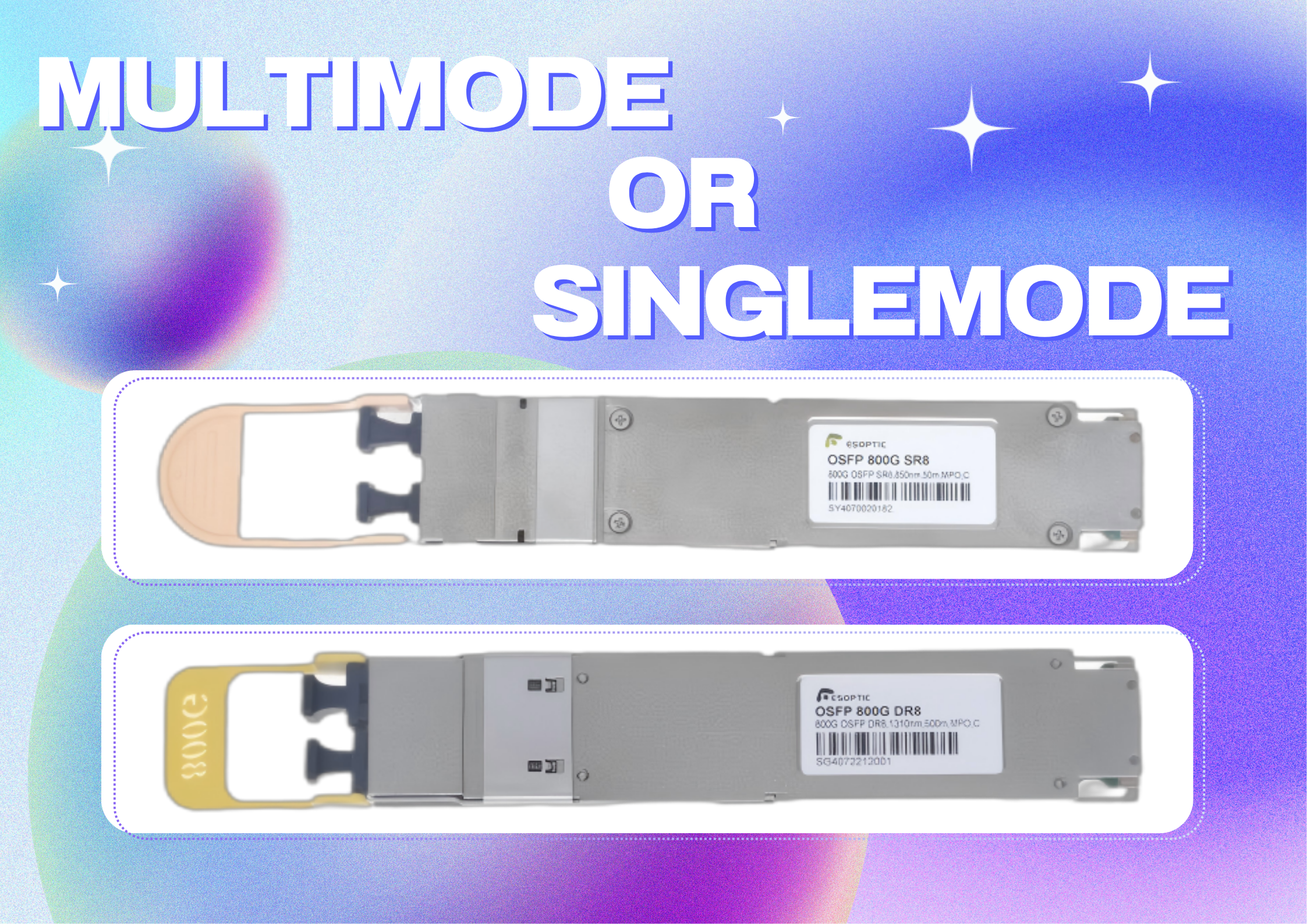
Key Differences Between Multimode and Singlemode Optical Modules
Multimode and Singlemode optical modules differ in terms of fiber type, transmission distance, cost, and application scenarios. Understanding these differences is the first step in selecting the right module.
Multimode Optical Modules: These modules are typically used for shorter transmission distances. Multimode fiber has a wider core (50μm or 62.5μm), allowing multiple light signal paths to propagate simultaneously. This makes them ideal for short-distance, high-density network deployments. Common Multimode modules, such as SR4 and SR8, are used in data center interconnections or server-to-switch connections within the same facility.
Singlemode Optical Modules: Singlemode fiber has a narrower core (typically 9μm), which only allows a single light path to propagate. This enables longer transmission distances and is ideal for long-range connections between different buildings or across city-wide networks. Typical Singlemode modules, such as LR4 and FR4, provide lower signal attenuation and are used for long-distance, high-performance network applications.
Choosing Between Multimode and Singlemode: Distance and Bandwidth Requirements
When deciding between Multimode and Singlemode optical modules, the primary factors to consider are transmission distance and bandwidth requirements.
Transmission Distance: For short-distance transmission (typically less than 100 meters), Multimode optical modules are an ideal choice due to their lower cost and reduced power consumption. For longer distances, especially those over 300 meters, Singlemode optical modules are better suited, offering more stable performance and lower signal attenuation.
Bandwidth Requirements: As data transmission demands continue to rise, especially in supercomputing and large-scale data center environments, the bandwidth requirements for optical modules also increase. Singlemode optical modules offer higher bandwidth and are better suited for long-distance transmission, making them the preferred choice for high-performance, large-scale applications.
Deployment Scenarios: Where Each Module Shines
Both Multimode and Singlemode optical modules offer unique advantages in different deployment environments. Understanding where each type of module excels can help you make the right decision for your network.
Multimode Optical Modules Applications: These are typically used for short-range connections, especially in high-density network architectures within data centers. For example, connections between servers and switches within the same building or data center. Multimode optical modules are the most cost-effective choice for high-density deployments in server farms, cloud computing environments, and high-performance computing.
Singlemode Optical Modules Applications: These modules are ideal for long-distance transmission, such as connections between different buildings or across cities. Singlemode optical modules are commonly used in wide area networks (WANs), carrier networks, and inter-data-center connections. Their ability to transmit data over greater distances with minimal signal degradation makes them perfect for these long-range applications.

How to Choose the Right Optical Module: Multimode or Singlemode?
When choosing between Multimode and Singlemode optical modules, consider the following guidelines:
Distance Requirements: If your link distance is under 100 meters, Multimode optical modules are typically more cost-effective and efficient. For distances over 300 meters, Singlemode optical modules are more appropriate.
Bandwidth Requirements: If your network requires high bandwidth, especially for 100G or greater speeds, Singlemode optical modules are better suited to meet these needs.
Network Topology: Multimode optical modules are ideal for short-range connections within the same data center, while Singlemode optical modules are necessary for long-range connections, such as those between different data centers or across cities.
Cost and Energy Efficiency: Multimode optical modules are generally more cost-effective and energy-efficient, making them a good choice for budget-conscious or low-power deployments. However, for long-distance applications where high bandwidth is needed, Singlemode optical modules are worth the higher initial investment.

FAQ: Common Questions About Multimode and Singlemode Optical Modules
Q1: What are the main differences between Multimode and Singlemode optical modules?
A: The main difference lies in the fiber core size and the applicable transmission distance. Multimode fiber has a larger core, allowing multiple light paths, making it ideal for short-distance applications. Singlemode fiber has a smaller core, allowing only one light path, and is suitable for long-distance transmission.
Q2: Should I choose Multimode or Singlemode for my application?
A: If your network is short-range, such as within the same data center or building, Multimode optical modules are more cost-effective. For long-distance or cross-building connections, Singlemode optical modules are the better choice.
Q3: Can Multimode optical modules transmit over longer distances?
A: While Multimode optical modules can transmit data, their performance degrades significantly over distances greater than 100 meters. They are not suitable for long-distance transmission.
Q4: Can I use Singlemode optical modules for short-range applications?
A: Although Singlemode optical modules are designed for long-distance transmission, they can be used for short-range applications. However, Multimode optical modules are more cost-effective for these scenarios.
Q5: How do I determine which type of optical module I need?
A: The choice depends on transmission distance, bandwidth requirements, and network topology. For short-range, cost-effective solutions, Multimode optical modules are ideal. For long-distance, high-bandwidth transmission, Singlemode optical modules are the better option.
By understanding the differences and applications of Multimode and Singlemode optical modules, you can make more informed decisions for your network infrastructure. Whether you're dealing with short-range, high-density connections or long-distance, high-performance transmission, selecting the right optical module will directly impact the performance and stability of your network.
If you need further clarification or help choosing the right optical modules, feel free to reach out to us. We're here to provide expert advice tailored to your needs.


